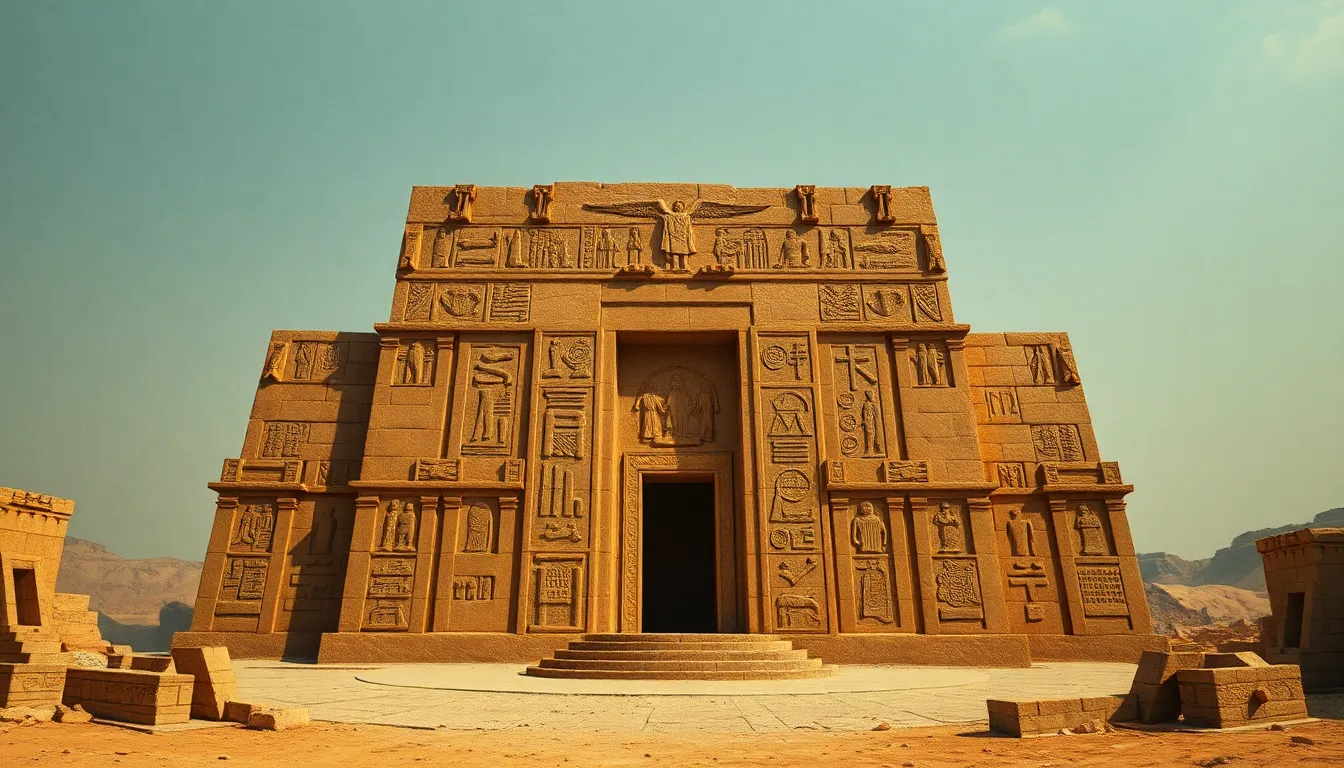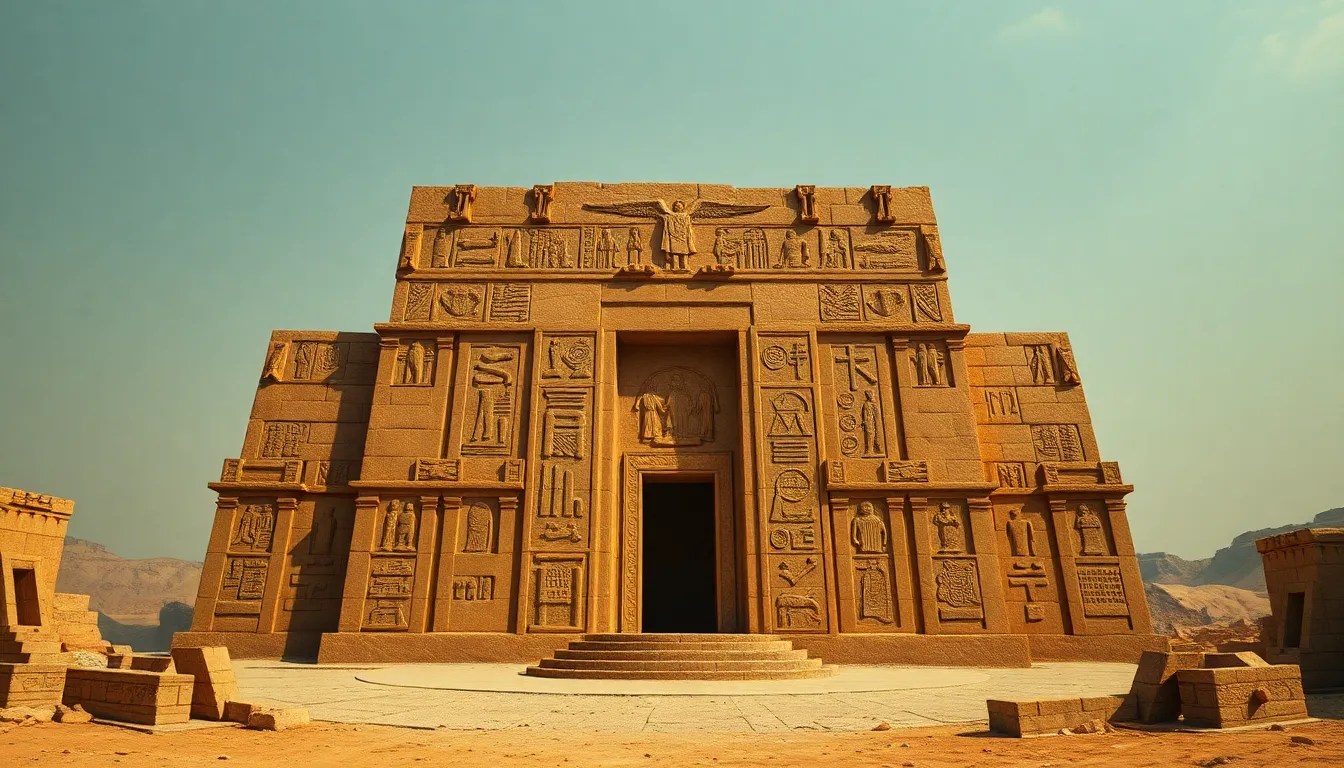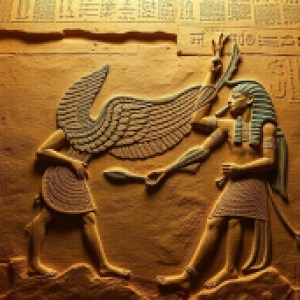The Influence of Tomb Texts on Modern Spirituality
I. Introduction
Tomb texts, often referred to as funerary texts, are ancient writings that were inscribed on the walls of tombs or written on papyrus scrolls to guide the deceased in the afterlife. These texts hold historical significance as they provide insights into the beliefs, practices, and values of ancient civilizations, particularly in Egypt. The connection between these ancient texts and modern spiritual practices is profound, as many contemporary spiritual movements draw inspiration from the wisdom contained within them.
This article aims to explore the historical context of tomb texts, their interpretation, key themes, and their influence on modern spirituality, while also addressing the ongoing debates surrounding cultural appropriation and the role of technology in accessing this ancient knowledge.
II. Historical Context of Tomb Texts
Tomb texts originated in ancient civilizations, with the earliest examples found in Egypt. Over time, they evolved from simple inscriptions into complex compilations of spells, prayers, and instructions meant to ensure a safe passage to the afterlife.
- Origin and Evolution: The earliest tomb texts date back to the Old Kingdom of Egypt (c. 2686–2181 BCE) and included the Pyramid Texts, which were exclusively for pharaohs. Later, the Coffin Texts emerged, making these texts accessible to nobility and, eventually, the general population.
- Key Examples: The Egyptian Book of the Dead is the most famous collection of tomb texts, serving as a guide for the deceased in navigating the underworld.
- Role in Spiritual Beliefs: Tomb texts were integral to ancient spiritual beliefs, emphasizing the importance of rituals, moral conduct, and the afterlife.
III. Interpretation and Translation of Tomb Texts
Translating ancient texts into modern languages involves meticulous scholarly work, as the nuances of language and culture must be carefully considered. Scholars employ a variety of methods, including linguistic analysis and contextual studies, to interpret these texts accurately.
The impact of scholarly interpretations has been significant in enhancing our understanding of ancient spiritual practices. However, there are challenges in contextualizing these beliefs within a contemporary framework, as the cultural and societal structures of ancient civilizations differ greatly from those of today.
IV. Key Themes and Concepts in Tomb Texts
Tomb texts are rich with themes that resonate with modern spiritual seekers. Some of the key concepts include:
- Life After Death: Central to many tomb texts is the belief in an afterlife, where the soul embarks on a journey after death.
- Moral and Ethical Teachings: These texts often include moral codes and ethical guidelines, emphasizing virtues such as truth, justice, and harmony.
- Rituals and Spells: Rituals are a key aspect of the texts, with spells designed to protect the deceased and ensure their successful passage to the afterlife.
V. Influence on Modern Spiritual Practices
The influence of ancient tomb texts can be seen in various modern spiritual practices. Many contemporary spiritual movements incorporate ancient concepts of the afterlife, moral teachings, and rituals.
Case Studies:
- New Age spirituality often integrates ideas of reincarnation and the afterlife, which echo the beliefs found in the Egyptian Book of the Dead.
- Some neo-pagan movements draw inspiration from ancient Egyptian rituals and spells, adapting them to fit modern practices.
The integration of these ancient beliefs into modern spiritual frameworks demonstrates the enduring relevance of tomb texts in guiding individuals on their spiritual journeys.
VI. Cultural Appropriation vs. Appreciation
The use of tomb texts in modern spirituality raises important questions about cultural appropriation versus appreciation. While many seek to honor and learn from ancient wisdom, it is crucial to approach these texts with respect and understanding.
Ethical Considerations:
- Understanding the historical and cultural context of the texts is essential to avoid misrepresentation.
- Engaging with the cultures from which these texts originate fosters a deeper appreciation and respect for their heritage.
VII. The Role of Technology and Accessibility
In recent years, technology has played a significant role in the accessibility of tomb texts. Digital archives and online resources have made it easier for scholars and enthusiasts alike to study these ancient writings.
Impact of Social Media: Online communities and social media platforms have facilitated discussions about ancient spirituality, allowing individuals to share insights and experiences related to tomb texts and their teachings.
This democratization of knowledge has opened new avenues for exploration and understanding, empowering individuals to engage with ancient wisdom in meaningful ways.
VIII. Conclusion
In summary, tomb texts have had a profound and enduring influence on modern spirituality. Their teachings about the afterlife, moral conduct, and spiritual rituals continue to resonate with contemporary seekers. As we explore these ancient texts, it is essential to approach them with respect for their cultural heritage and an understanding of their historical context.
We encourage further exploration and study of these texts, as they offer valuable insights into the human experience and our quest for meaning. The wisdom of the ancients remains relevant today, guiding us on our spiritual journeys and reminding us of the eternal questions of life and death.




